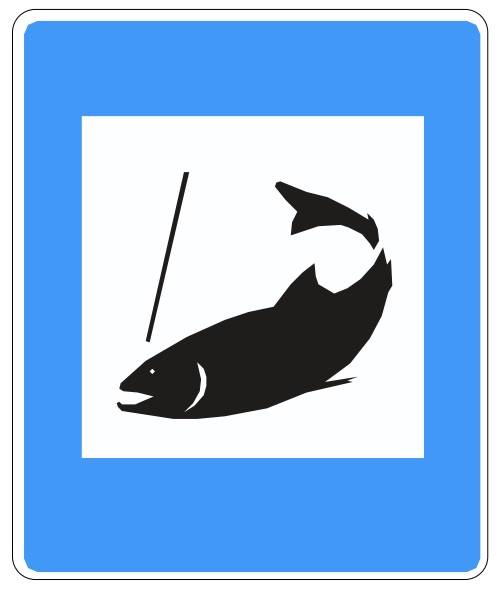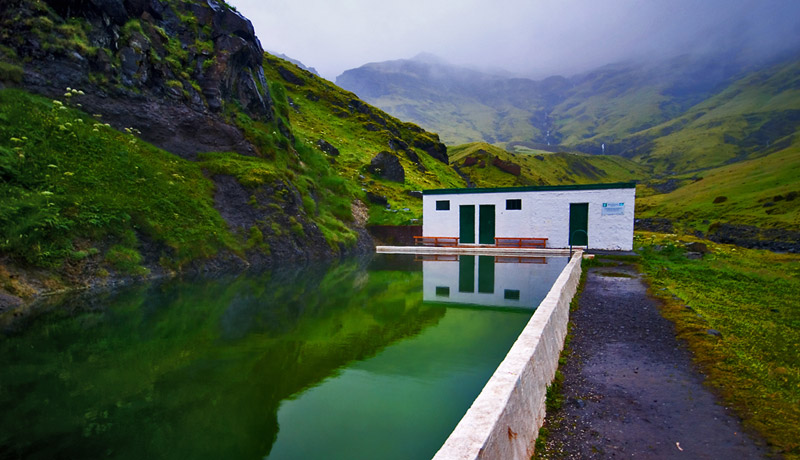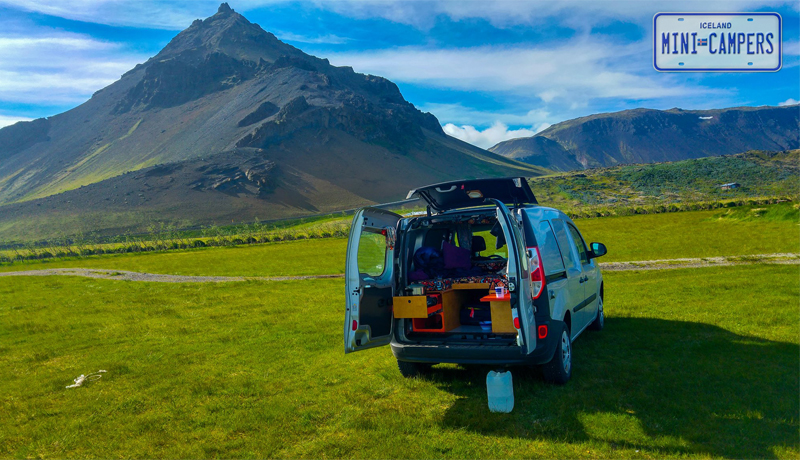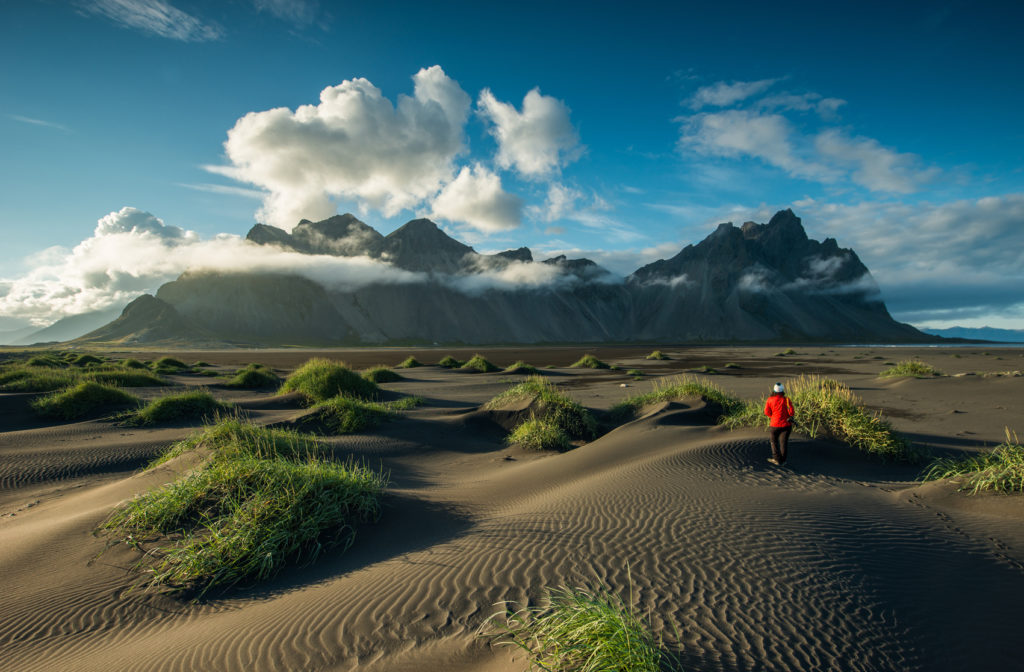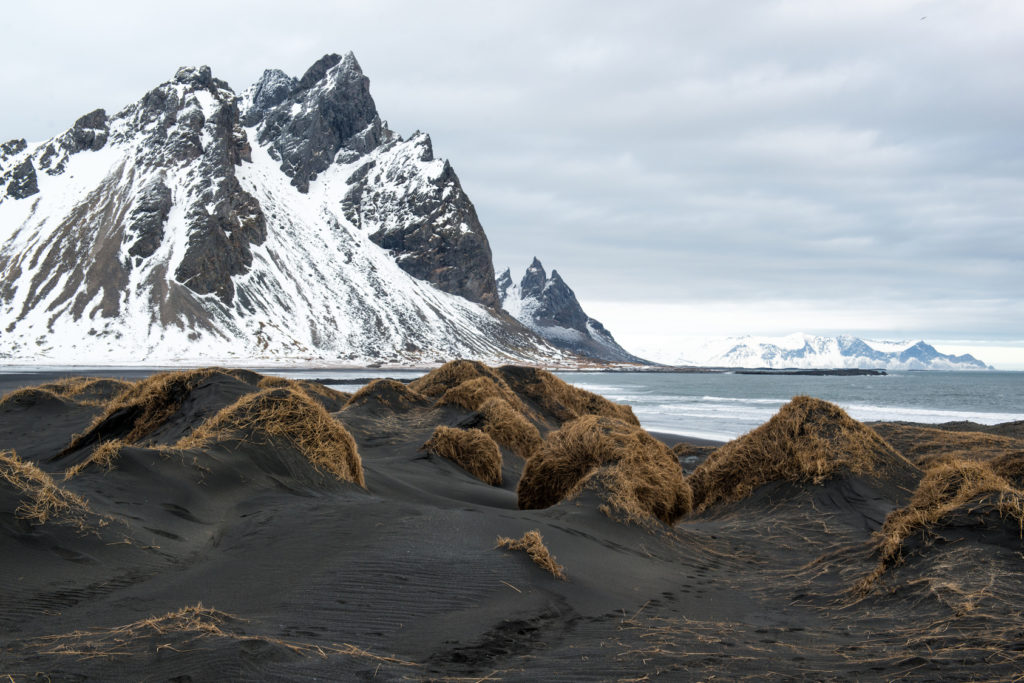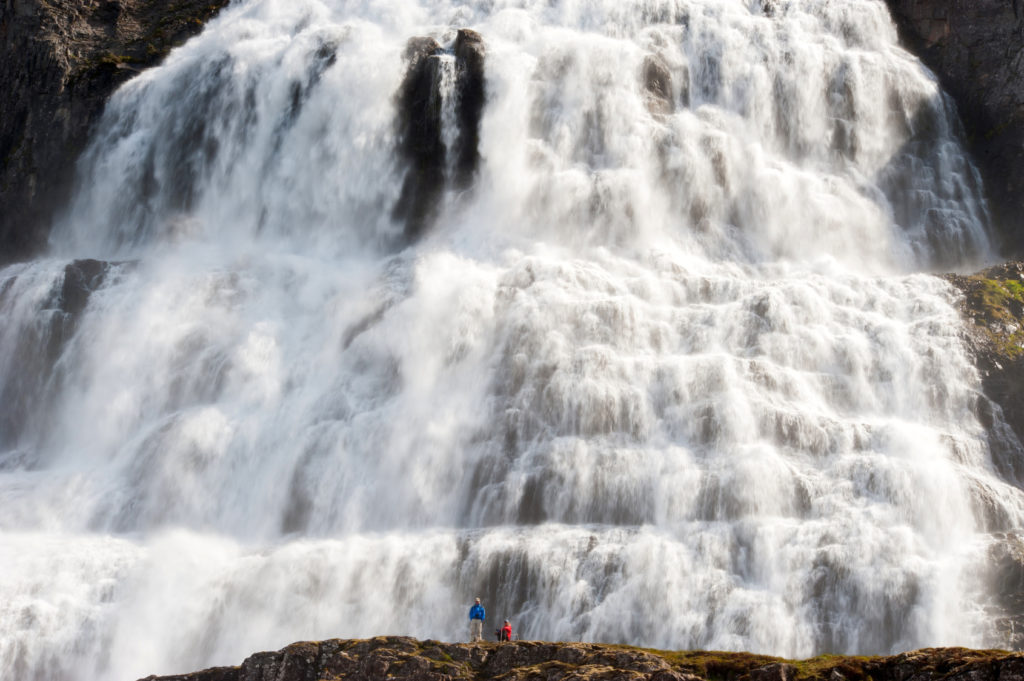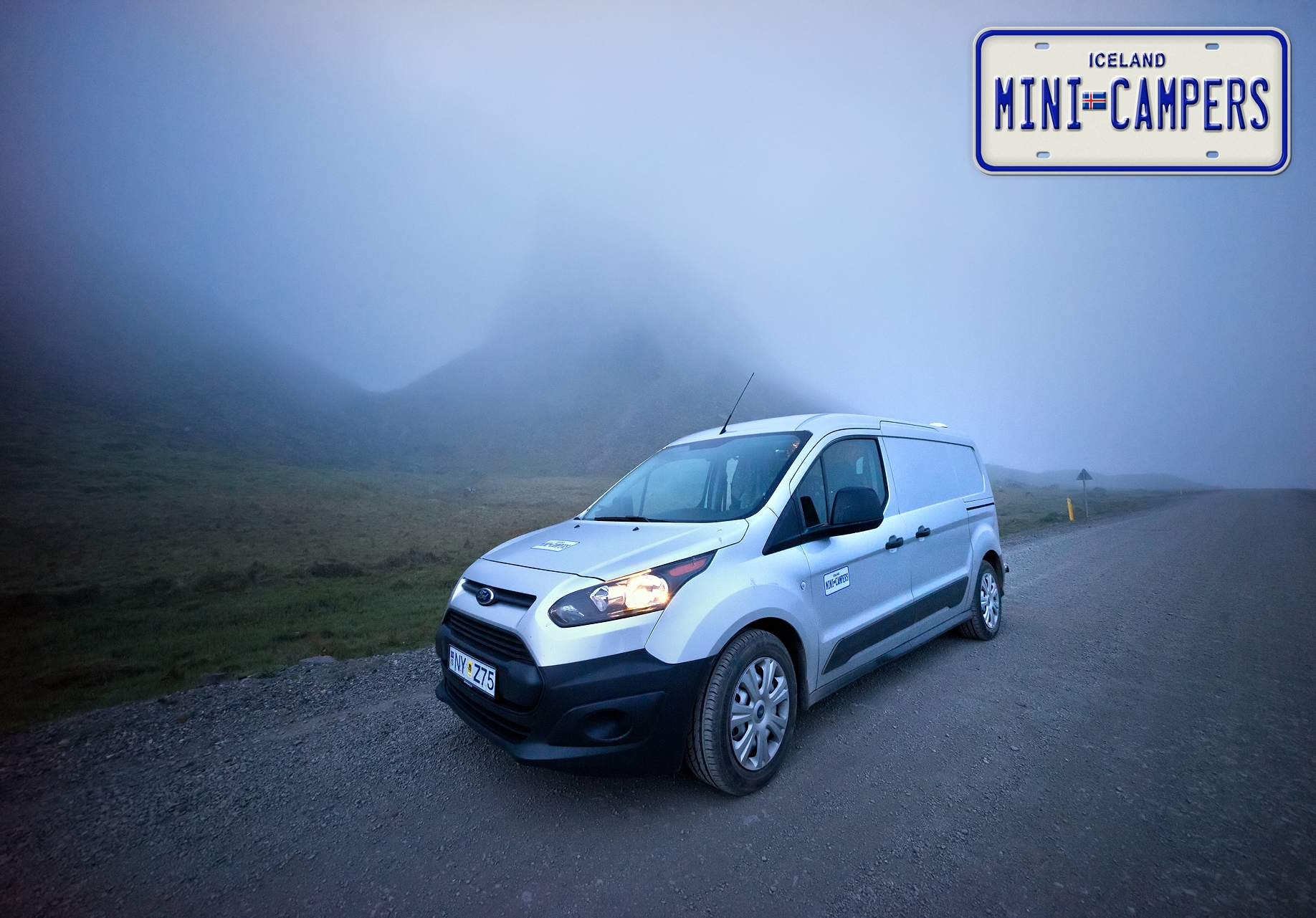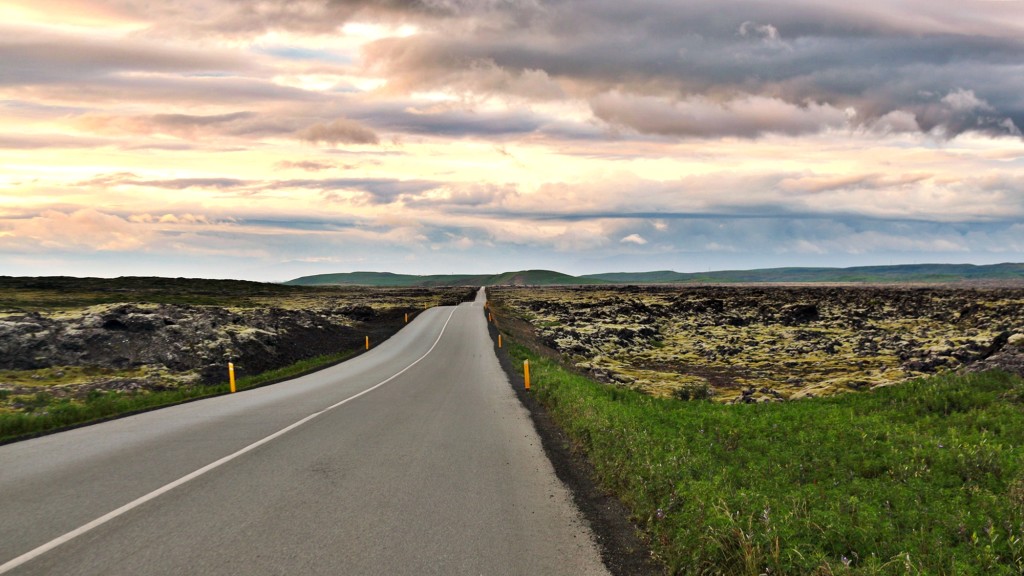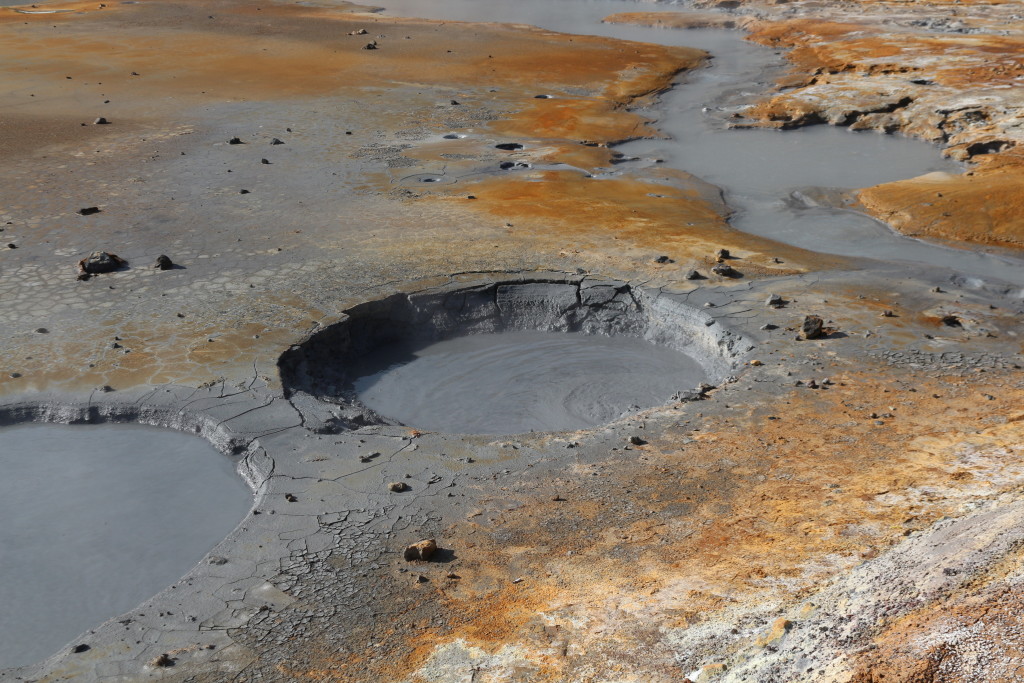Ghostly mountains and modern ghosts
On rainy days you will often find the staff at Iceland Mini Campers curled up with a good book and recently we found ourselves perusing an anthology of Chinese writing in Icelandic translation. The story we were reading dated back to the years between 300-350 AD when the Wei dynasty (or maybe it was the Jin dynasty, we forget) was in power. The striking thing was that this story had the exact same topic as a very recent news story on the Icelandic news website Visir.is. Both stories featured ghosts and the fact that these two sources were divided by 1700 years and 8000 kilometers gave one the feeling that I had stumbled upon some very universal themes here, such as the human being trying to cope with the frustrating questions of death and the afterlife. But then again maybe the real story here isn’t so much the issue of ghosts cropping up in old Chinese texts, but instead the fact that they’re finding their way onto web based news outlets in a modernized society. This certainly goes against popular belief in Iceland which simply states that electricity got rid of all the ghosts.
The story in question involves Hvítárnesskáli, a highland mountain hut built by the Iceland Touring Association (FÍ) in 1930. The hut is located on the Kjalvegur road, which traverses the Icelandic highlands and was historically an important route between the northern and southern regions. The Kjalvegur route was itself the setting for several folk tales before the Hvítárnesskáli was built, most notably stories surrounding the mysterious deaths of 5 men on the route as well as the story of Iceland’s most famous outlaw, Fjalla-Eyvindur (Mountain-Eyvind). The Hvítárnesskáli is a simple wooden structure with a partly turfed roof and continues to serve hiking groups as Kjalvegur is a popular hiking trail with some truly spectacular views along the way. The presence of the ghost is mostly felt when men sleep in a certain bed in the hut, a bunk bed closest to the door, typically referred to as “the ghost bunk.” Men who go to sleep there often describe similar experiences. They wake up on the floor after being violently pushed or kicked out of the bed and, understandably, spend the rest of the night elsewhere. The ghost is often described as a female that appears to men during the night, often when they are half asleep, which brings to mind the fact that the words draumur (a dream) and draugur (a ghost) are very similar in Icelandic, a similarity which suggests a close link between the two as it was once believed the deceased could contact people as the slept.
There are also instances where the ghostly sounds at Hvítárnesskáli have had more logical explanations. One of the hut’s caretakers ventured out of bed one night to investigate a ghostly scratching sound on the floor below, only to see a horrible white face in the window. When the caretaker came closer the face belonged to a lamb biting the grass from the turf roof, its small horns scratching against a window. The caretaker described he Iceland often feels like an ideal setting for ghosts, with its overcast skies, howling winds, long winters and sparsely populated areas. But, in all fairness, these are also the ideal habitat for some bone chilling ghost stories. And Icelandic sheep.
While the Kjalvegur mountain road and the Hvítárnesskáli are, even during the summer months, only accessible by 4×4 jeeps and thus out of reach for the mini camper traveler, there are plenty of other ghostly sites with easy motor home access.
One of the best-known Icelandic ghost stories is “Djákninn á Myrká” (literally the Deacon of Dark River) which tells the story of a deacon who’s on his way to pick up his date when he slips and falls of his horse into a river and dies. But being so hopelessly in love with the girl, the deacon decides to show up anyway. (Full story available in English here: https://guidetoiceland.is/connect-with-locals/regina/the-deacon-of-dark-river—a-ghost-story). This story took place in Hörgárdalur, which is pretty close to Akureyri on the northern side of Iceland. So, if you find yourselves in the area, there is a lot of interesting places in or near the Hörgárdalur valley. First off, there is Myrkáand Bægisáwhere you might well run into our romantic deacon, and second, there’s Hraun í Öxnadalwhere one of Iceland’s best loved romantic poets, Jónas Hallgrímsson, grew up. What’s more, above his farm there is the mountain Hraundrangi, which is probably the scariest looking mountain anywhere this side of Mordor.
There’s also plenty of campsites in the area. If you are traveling on route nr. 1 towards Akureyriyou will find several in or around the town, but if you are going in the other direction, away from Akureyri, there are a few excellent choices near Varmahlíð, such as Steinsstaðalaugand Bakkaflöt. Lots of good swimming pools in the area too.
Drive safely and enjoy!
IMC

